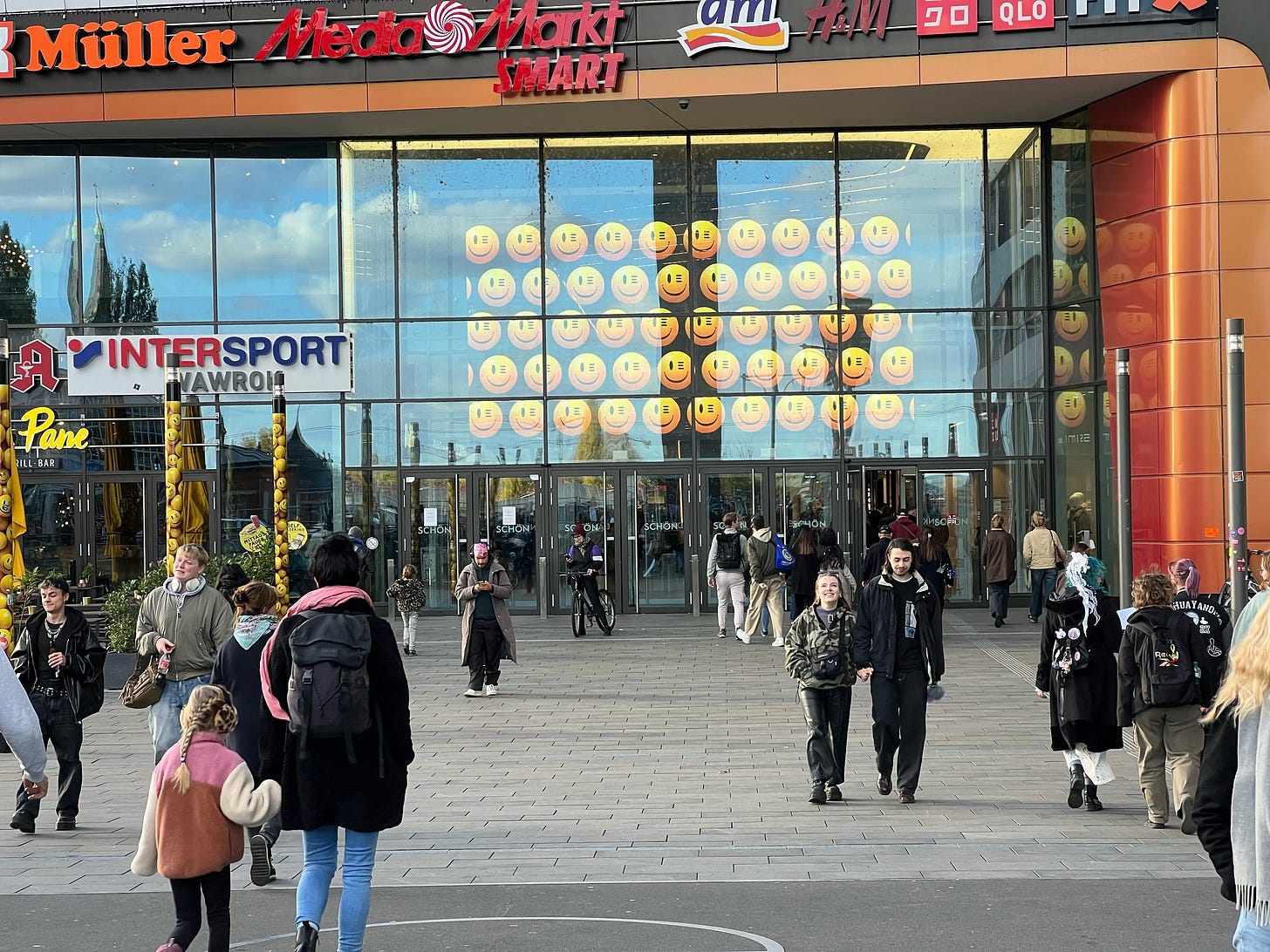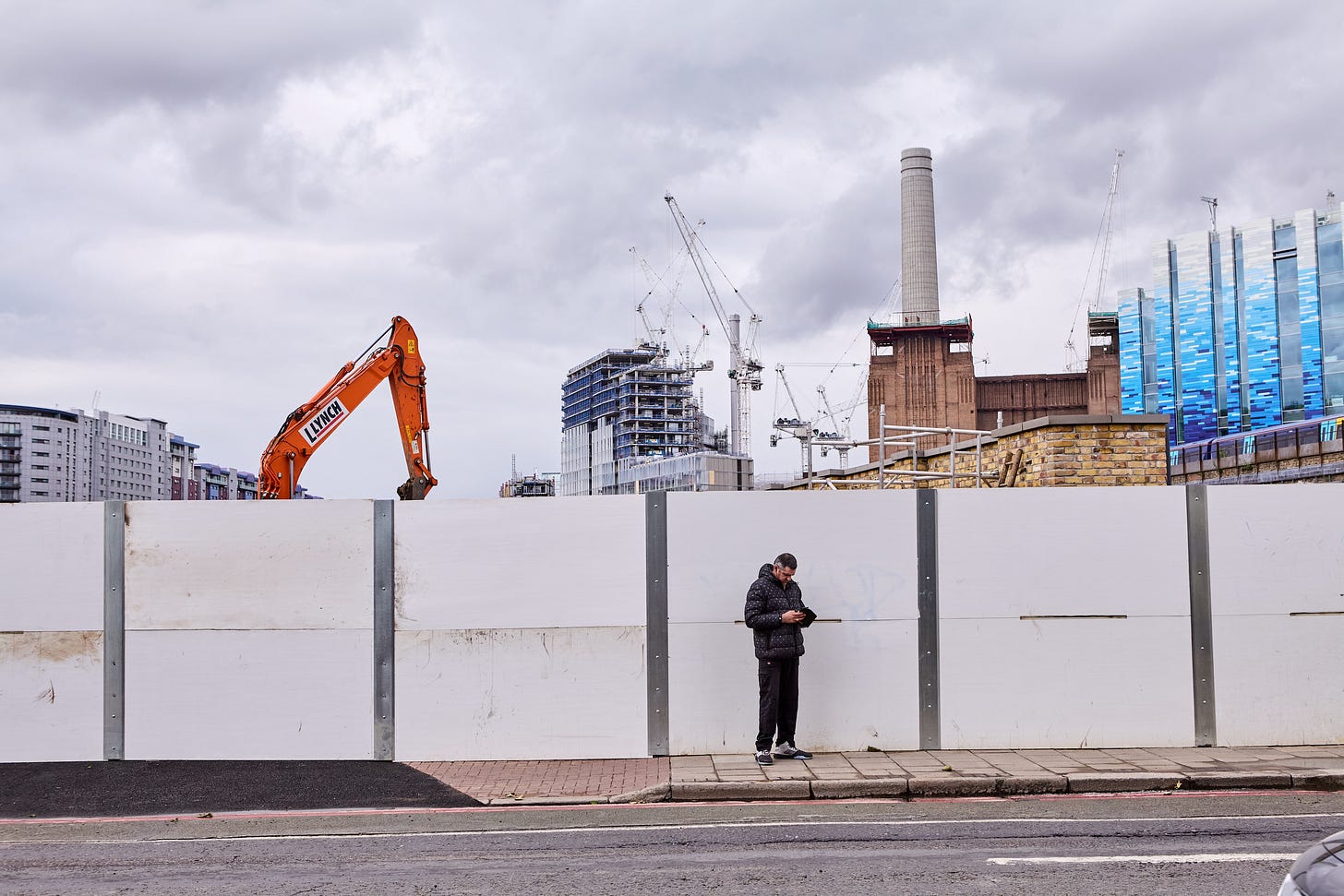Some healthy movement.
A couple of modest proposals for political reactivation
Writing Urbiquity turned out to be a relatively smooth process. The various pieces reconnected in a surprisingly precise manner to form an alarming analytical picture of the evolution of the global urban landscape, in which the nebulization of the dominance of digital images has led to the emergence of a platform urbanism that profoundly subverts development, economies, governance, and also the practices of resistance and daily life in cities. More difficult was it to formulate the conclusions of the recently published book: I confess the discomfort and difficulty in arriving at reassuring considerations, let alone operational proposals, hence the "what to do." But however few and meager they were, they have become even more vital in recent months.
With this post, I have decided to temporarily deviate from the publication plan I had set for myself with the intention of revisiting the main topics of the book and translating them into English, to make a leap forward. The events of the past few weeks have confirmed the most unsettling speculations, with Elon Musk providing the fundamental push for Donald Trump's election, the platform Broligarchs' club coming together to pay homage to the new king/pawn and put themselves at his service, the imperialist military apparatus of Russia and the USA revealing a substantial community of intent beyond the facade of antagonism, while genocide and conquest wars occur in the most shameless evidence before the eyes of the numbed masses and the media landscape under the control of an elite of libertarian psychopaths is increasingly polluted by disinformation and algorithmic censorship.
Like many, I find myself torn between a stunned paralysis and the urgency to do something. And so, without abandoning the intention of retracing the long-standing reasoning that led to the publication of the book, I have decided to accompany it with a more immediate use, reflecting in real-time on the rapid evolutions we are observing, reasoning about possible actions and countermeasures we can (must!) oppose. So I will start again from the last lines of the book, where I suggested a modest beginning from the individual body, from my body, from my behaviors, and in particular from those mediated digitally.
In the last twenty years, like most of us, I have uncritically slipped into the daily use of a series of digital tools that promised to facilitate self-organization and non-hierarchical collaboration. In reality, through them, we have completely surrendered ourselves to a system of control and exploitation of the data produced by our daily practices, which has created total dependency and reduced our ability to escape the system. Whatever our intentions and affairs— even the most radical, critical, or alternative to the mainstream of planetary semiocapitalism— using their platforms we nourish the growing totalitarian hegemony of the techno-capitalist elite allied with the war gerontocracy. As long as we communicate, work, and organize through Facebook, Whatsapp, Google, or ChatGPT, we are working for them. Getting out of it has become extremely difficult, but at the same time necessary.
Is it possible to escape tentacled monsters like Google and Amazon? Which online payment systems have less deleterious consequences? How can we travel, stay, and enjoy (consume) culture without promoting exploitation, gentrification, financialization, and labor precarization? A series of posts dedicated to alternative practices and technologies will accompany the more theoretical and critical annotations derived from my exploration of the urban landscape. I will share the information and tools I manage to gather using Substack and other channels that I still use for now, such as Mastodon, LinkedIn, Telegram, but ready to abandon them at the first hint of enshittification or the first better alternative. Nothing extraordinary, I know, others have been doing it longer and certainly better. But I hope to contribute with a few drops to build the storm.
A second line of strategy is to reactivate connections and complicity in the physical world, to start again having discussions, assemblies, and to trigger processes of reappropriation of non-commodified common spaces. One of the consequences of being progressively absorbed into the mediated dimension, into the bubbles of social media, has been the drastic numbing of the capacity for collective action built through decades of practices of self-organization and self-determination. Internet has de-autonomized us. It is necessary to come together to reclaim space and spatial autonomy. In my very personal Florentine sphere, I see signs of a common need to reactivate among individuals endowed with critical thinking. They are small examples, but they are part of a myriad of other similar initiatives and antagonistic pushes, which, when isolated, have little impact, but collectively can make a difference if we find a way to reconnect them. The crucial point is how to coordinate them better and without going through the network controlled by the forces of evil (call it semi-capitalism or whatever you like). We need a positive network effect. We need to build new non-centralized, non-cooptable, and non-controllable infrastructures to establish new counter-platforms. If and how it can be done, I don't know, but the only thing that seems sensible to me is to try.
In the meantime, to provide more context for this proposition, I leave here the final paragraphs of the book from which this blog takes its cue, not so much as conclusions, but to pick up the thread of the discourse in a perspective of action and resurgence.
After outlining the unsettling scenario of how the apparatus of semiocapital has made virtually everyone dependent on its infrastructures and has consolidated its hegemony by seizing key positions to extract hyper-rent, I would like to conclude the work on a pro/positive note. I would like to be able to suggest factual strategies and imagine possible alternatives, but I confess that I find it much more difficult than describing and decoding the situation. I am certainly not up to the task of indicating paths or hypothesizing overall strategies, and above all, I do not believe it is the job of the individual thinker, immersed in solitary reflection, sitting in front of their screen. I declare myself, however, ready and willing to take part in collective processes of strategy development, to participate in the drafting of manuals and operating systems for a possible change. It must be done, and it must be done together. One of the points that, in my opinion, requires reflection is indeed the evident loss of the capacity for collective action in the context we are living in. Despite the profusion of coordination tools that the condition of widespread interconnection and the proliferation of social media and communication channels have made available to us, we are losing the ability to collectively build alternatives. The early chapters of this book recount a tenacious, joyful, and instinctive search for action, getting one's hands dirty in pursuing the construction of possible alternatives, a constructive resistance that still traversed the city's territories in the 1990s. An evident rupture has emerged since the dawn of the new millennium: precisely in the apparent reconnection through the digital network, precisely while the rhetoric of the sharing economy, sharing, co-creation, co-production, and countless other words co-opted by market rhetoric were flourishing. How to break this vicious cycle, overcome fragmentation, and escape dependence on the semiocapitalist apparatus is the great unresolved issue I leave at the end of this journey. In offering the reader this dense conglomerate of observations and reflections on the process that has led the city to evolve into the total urbanization of the planet and bodies, the suggestion I feel compelled to make is that we should start precisely from our colonized bodies. It is about learning to manage their boundaries, recognizing the impressive power we have granted to the info-machine to dispose of socialized production to transform it into its own profit and power, and to begin to withdraw and build real alternatives. This requires effort, sacrifices, and a dedication to which we have become unaccustomed, rebuilding direct relationships, reclaiming public space, producing autonomous and federated infrastructures, and above all, daring to question and desert the easy, attractive, and seemingly free platforms that are offered to us.
I began this journey by examining the fate of public space, only to realize that, despite the rhetorical celebration and much discourse about place making, its centrality was being diluted and dissolved in the hybridisation with digital infrastructure. Today, most of the interactions that constitute the public sphere depend on an infrastructure that, as we have repeatedly emphasized, is largely owned and controlled by private entities subject to increasingly less social responsibility. The same infrastructure has also become the main means of production on the planet, thereby collapsing the distinction between production and consumption. In this scenario, the old revolutionary imperative of seizing the means of production remains, in my opinion, central, well updated in the reformulation proposed by Cory Doctorow in the terms of “seizing the means of computation”. Thinking and reconstituting a new infrastructural public sphere removed from capital control and returned to the logic of the common good is, in my opinion, an urgent matter of survival from which to start anew.



